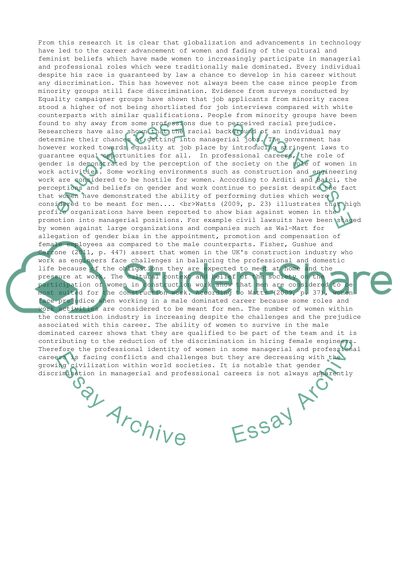Cite this document
(“How are proffessional and managerial careers gendered and racialist Essay”, n.d.)
Retrieved from https://studentshare.org/business/1394466-managing-diversity
Retrieved from https://studentshare.org/business/1394466-managing-diversity
(How Are Proffessional and Managerial Careers Gendered and Racialist Essay)
https://studentshare.org/business/1394466-managing-diversity.
https://studentshare.org/business/1394466-managing-diversity.
“How Are Proffessional and Managerial Careers Gendered and Racialist Essay”, n.d. https://studentshare.org/business/1394466-managing-diversity.


